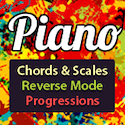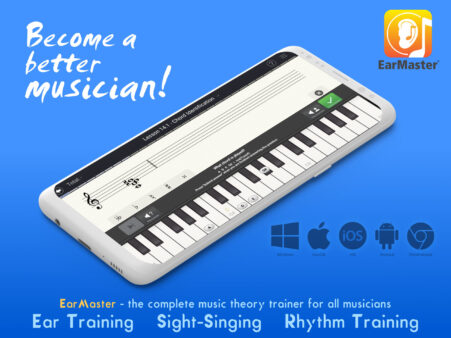Guest post by Jennifer Foxx
This was the last class of the conference I was able to attend and it ended with a bang.
Kristin began with asking what is more important: Craft vs. art? She concluded that both are needed to be successful.
First, we should gather information about the piece our student is playing. Ask them questions.
What do you know about the composer? What do you know about this song? For what purpose was it conceived (was it meant to be….?) What do you know about other performers of this song? What do you know about when it was written? Don’t be afraid to cross disciplines.
She then shared a few picture slides with us. The first one was two chairs. She told us to imagine you are studying a piece by Mozart. What is the difference between these two chairs? Which one is Mozart’s chair? The audience responded in kind to which one they thought was Mozart’s chair and why. Asking questions inspire creativity.
What can you find within the music? How does this inform your performance?
Dynamic markings, Key Signature, Articulation, Tempo, Rhythm, etc. What is implied by the music itself? How does this inform performance?
*Ascending or descending patterns
*Shifts of texture
*Increased number of accidentals
*Tessitura changes
*Where is it different/same?
*Look at your part and parts of any other performers
Make it interactive!
*Make a treasure hunt for interesting musical moments. Now, can you perform it and bring these things out?
*Create a chart for the music
*Write a short story about the piece
*Make an interactive “idea copy” (draw pictures, color sections in music, etc.)
*Paint your music (creating what’s in your minds ear)
*Make collage
Play with emotion cards. Emotion cards are simply cards that have emotion words on them. ie: excited, sad, elated, scared, etc. The students then take a card, or two, and apply these emotions. Don’t be afraid to add artistry into the warm-up patterns or technical work. In fact, start using these emotion cards in your warm-ups before going to the pieces.
Ex. Play scale 4 times with different emotions (jauntily, mysteriously, lustily, angrily)
(tenderly, mischievously, morbidly, arrogantly).
Side note: You can make a game out of these emotions by creating an emotion chart. Students can simply toss a coin onto the chart landing on one of the emotions for them to play.
Artistry is music’s reason for being; it is what fuels excitement and continued interest. Artistry must be cultivated and practiced. Be a part of the lineage. As a performer we are next in line for that lineage.
Thank you, Natalie, for giving me the opportunity to be a guest blogger on your Music Matters Blog. I enjoyed sharing a little bit of what I learned at the Arizona State Music Teachers Conference.
If you are interested, feel free to check out my blog where I share what I do with my students throughout the year.
Natalie’s Note: A huge thanks to Jennifer for sharing all these wonderful notes from the conference with us! Laura Lowe has already offered to take notes at their Georgia Music Teachers Association conference in November, so I’m really looking forward to that. If you are attending (or already have attended!) your state music teachers conference and want to share your notes here on Music Matters Blog, just send me an e-mail and let me know!













Leave a Reply